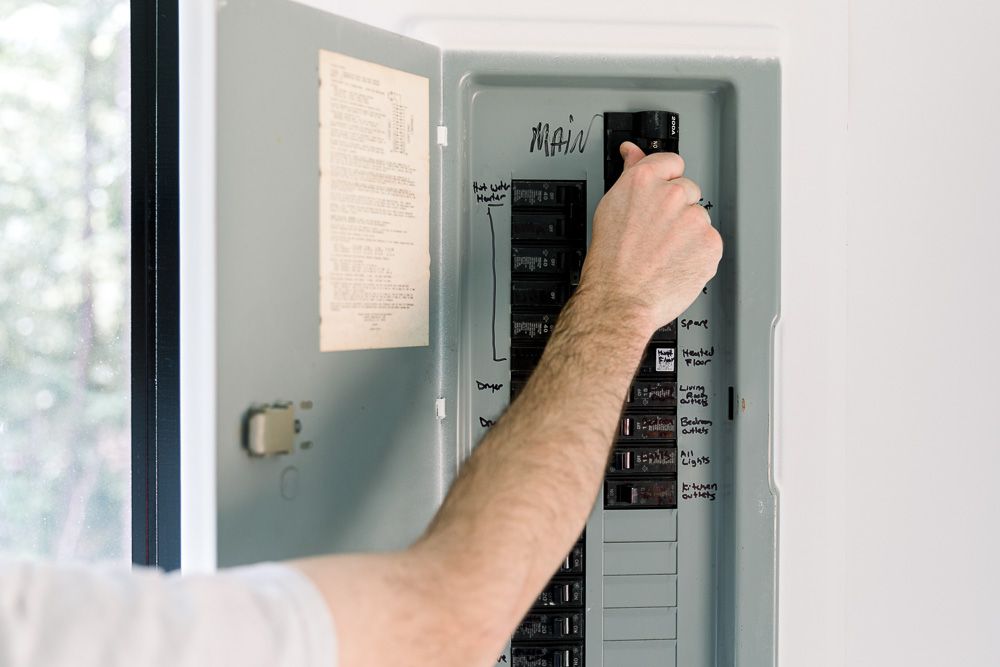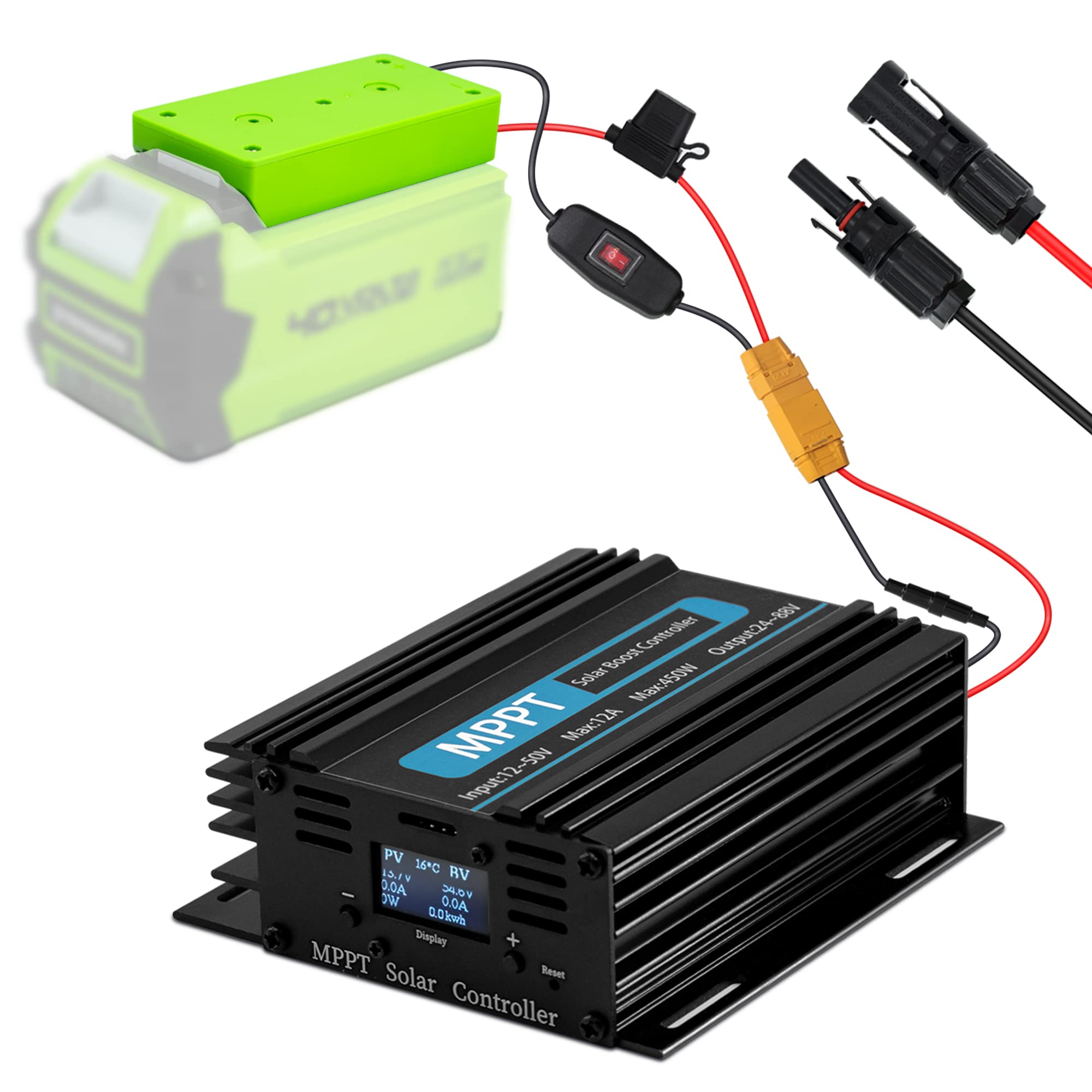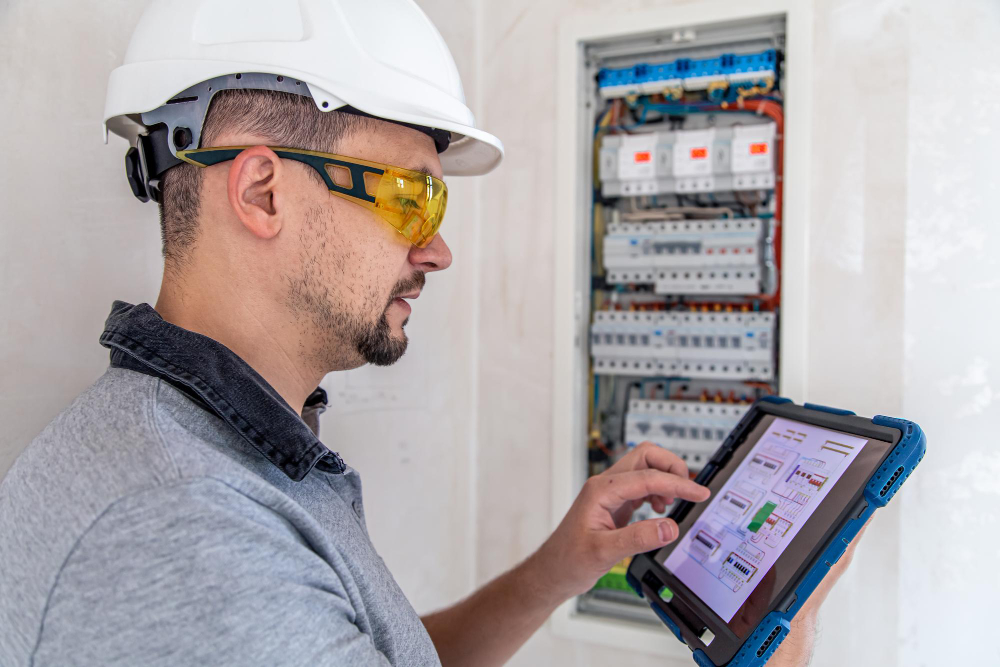If you’re looking to replace an existing electrical circuit breaker, you need to make sure you choose the correct type. Circuit breakers are divided into two types, MCB and RCCB. The former is generally used in areas where energy consumption is low, while the latter is used in areas where electricity is used frequently.
Both types protect against electric shock and electrocution. The RCCB and MCB operate on the same principle, detecting leakage current in the circuit and tripping it off.
MCBs operate on the same principle as RCCBs, stopping an overload from damaging appliances. They detect and prevent over-currents and surges, and they operate on a core-balanced current transformer. They are highly sensitive and detect even the smallest changes in electrical load.
If you want to know whether an MCB and RCCB are the same, continue reading this article.
Is MCB and RCCB the Same?
In electrical installations, there are two types of circuit breakers: RCCB and MCB. While both types are useful in certain situations, they have different functions. RCCBs detect fault currents from the main earth wire, while MCBs detect fault currents from the phase and neutral wires.
MCBs and RCCBs are two different types of circuit breakers. The RCCB is used for low-voltage applications, while MCCBs are used for high-voltage applications. Both breakers are a combination of overload protection and short circuit protection. If a circuit is not properly wired, an MCB will detect the imbalance and shut it down. This way, it can prevent a potentially deadly electric shock.
In earlier times, MCB was the only option. However, it’s important to remember that MCB is much easier to resume than an RCCB. It also has the benefit of identifying fault zones. An MCB will also trip the circuit if it senses a short circuit. As such, it’s recommended that you install an MCB before you install an RCCB.
A Residual Circuit Breaker (RCCB) is a safety device used to protect against electric shock. It detects residual current, which is not always enough to cause a power surge. An RCCB also detects supplemental bonding, which can affect its operation. Both MCBs and RCCBs work on the principle of overload and residual current. You need to choose the right type based on your specific needs and situation.
An RCBO combines both MCB and RCCB circuit breakers. Both of these types protect against overcurrent, which may be caused by earth leakage or by a wet hand touching an appliance. An RCBO protects against over-currents and prevents shock from an earth leakage. An RCCB can trip the power supply and disconnect the circuit if it senses a fault of 30 milliamps or more.
While the MCCB is the more widely used type, they are typically smaller, with lower voltage and interruption ratings. MCBs are often not adjustable, which makes them a poor choice for low-voltage circuits. A higher-voltage version features an adjustable stroke element.
When comparing the two types, the MCB offers greater handiness and better operational protection. They are used in high-voltage circuits and can give as much as two thousand amps. Both types can also respond to remote control signals and are suitable for commercial and industrial applications.
MCBs are more commonly used in residential electrical circuits. Their ampere rating, or maximum current, is the maximum value of current an MCB can withstand without moving to a trip condition. The typical MCB circuit current rating ranges from two to 125 Amp. In general, MCBs protect 20-volt or 240-volt branched circuits.



